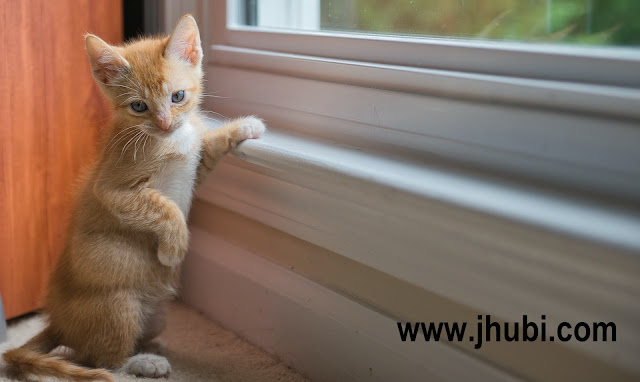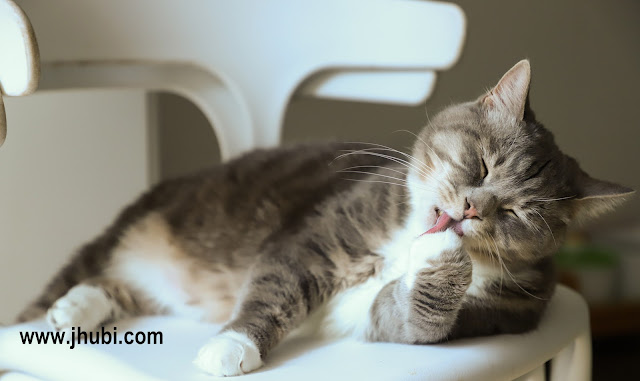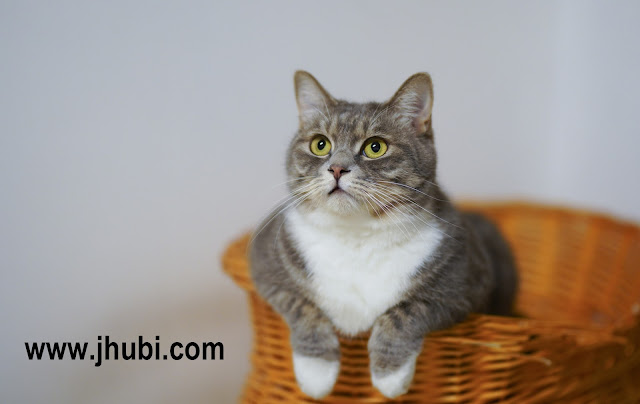Managing Diabetes in Cats: The Role of Diet
Diabetes in Cats
Do you know that cats can get diabetes too? Diabetes is a disease that affects the way your cat's body uses sugar. Sugar is the body's main source of energy, and when a cat has diabetes, it has trouble using sugar for energy. This can cause high blood sugar levels, which can lead to health problems.
Type 1 diabetes is an autoimmune disease, which means that the cat's body attacks its own cells. This causes the pancreas to stop producing insulin, a hormone that helps the body use sugar for energy. Type 2 diabetes is more common in overweight cats. It happens when the cat's body becomes resistant to insulin. This means that the body does not use insulin as well as it should, which causes high blood sugar levels.
Our role
JHUBI is a website that provides information about pet food and medicine. We offer a wide range of articles, reviews, and comparison charts to help you choose the best products for your pet.
Whether you are looking for a new brand of food for your cat or dog, or you need help choosing the right medication for your pet's health condition, JHUBI can help you find the information you need. We are committed to providing you with the best possible information to help you take care of your pet.
Transitioning to a Low-Carb, Wet Diet
Transitioning a kibble-addicted cat to wet food can be challenging, but it is worth the effort. Wet food aids in proper hydration, which is essential for feline urinary tract health, as cats often have a low thirst drive.
Selecting the Right Commercial Wet Food
When choosing commercial wet food, it is important to look at the carbohydrate, fat, and protein content. An ideal diet should consist mainly of animal proteins and fats, with minimal carbohydrates. Approximately 50% or more of the cat's caloric intake should come from animal protein, while 20-40% should be derived from fat. Carbohydrate calories should be kept under 10%, or lower if possible.
Some wet foods contain gravy with excess sugar, which can potentially lead to addiction in cats. To promote a healthier diet for diabetic cats, opt for pate varieties or other low-carb options.
Recommended Wet Foods for Diabetic Cats
Recommended Wet Foods for Diabetic Cats
| Brand | Recommended Varieties |
|---|---|
| 9 Lives | Choose pate varieties for low carbohydrates |
| Dave's | |
| Evo | |
| Evolve | |
| Fancy Feast | Stick to chunky, classic, flaked, and roasted varieties, avoiding high-carb options |
| FreshPet | Look for it in the refrigerated pet food section |
| Friskies | Opt for pate or flakes, avoiding high-carb options |
| Halo | Avoid "Spot's Stew," but other varieties are low in carbohydrates |
| Holistic Selection | |
| Me and Love and You | Most varieties are low in carbohydrates, but always check nutritional information first |
| Iams | Many varieties are low in carbohydrates, so check the nutritional information |
| Meow Mix | Pate varieties are generally low in carbohydrates |
| Nature's Variety | |
| Newman's Own | |
| Nutro | |
| ProPlan | Prime Plus and True Nature varieties are low in carbs and high in protein, but avoid other types |
| Sheba | Opt for pate varieties only |
| Tiki Cat | All varieties are low or devoid of carbohydrates |
| Triumph | |
| Wellness | The Complete Health line is low in carbohydrates, while other varieties might be too high |
| Weruva/BFF | Many varieties are low in carbs; refer to nutritional information |
| Wysong |
Some cat owners may prefer to prepare homemade diets for their diabetic cats. If you choose to do this, it is important to work with a veterinarian or certified veterinary nutritionist to ensure that the diet is balanced and complete.
Considering Raw Food Diets
Raw food diets may also interest some cat owners. However, it is important to discuss this option with a veterinarian to weigh the risks and formulate a complete and balanced diet.
Conclusion
Managing diabetes in cats is an important part of their overall health and well-being. Providing a proper diet tailored to their unique needs as obligate carnivores is essential. Low-carb wet diets have proven effective in regulating blood glucose levels, promoting hydration, and supporting weight management.
To navigate the challenges with commercial cat foods, careful selection of low-carb wet options is necessary. Patience and persistence are key when transitioning a cat to wet food. Additionally, working with veterinary professionals and utilizing reputable resources like catinfo.org can ensure a successful diabetes management plan.
Remember, managing diabetes in cats requires a collaborative effort between owners and veterinary experts. By prioritizing a low-carb, high-protein diet and remaining proactive in their care, diabetic cats can lead healthier, happier lives.
Here are some FAQs about managing diabetes in cats
How do I know if my cat has diabetes?
The most common signs of diabetes in cats are increased thirst and urination, weight loss, and lethargy. If you notice any of these symptoms in your cat, it is important to take them to the veterinarian for a diagnosis.
What is the best diet for a diabetic cat?
A low-carb, high-protein diet is the best diet for a diabetic cat. This means feeding your cat food that has low levels of carbohydrates and high levels of protein. Low-carb wet food is a good option for diabetic cats because it has more water and fewer carbohydrates than dry food.
How can I help my cat transition to a low-carb diet?
Transitioning a cat to a low-carb diet can be challenging, but it is important to be patient and persistent. Here are a few tips to help make the transition easier:
Start by gradually reducing the amount of carbohydrates in your cat's diet.
Offer your cat plenty of water to help them stay hydrated.
If your cat is reluctant to eat the new food, try mixing it with their old food.
How often should I feed my diabetic cat?
It is important to feed your diabetic cat several small meals throughout the day, rather than one or two large meals. This will help to keep their blood sugar levels stable.
What should I do if my cat's blood sugar levels are high?
If your cat's blood sugar levels are high, it is important to take them to the veterinarian immediately. They may need to give your cat insulin injections or adjust their medication.






0 Comments